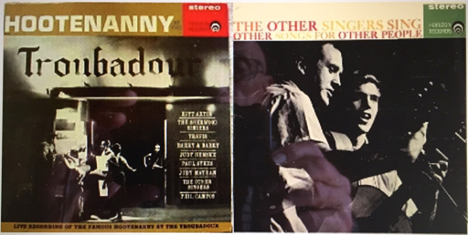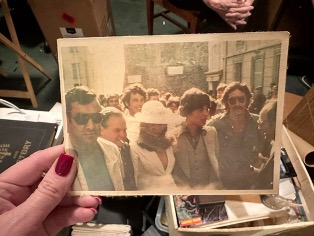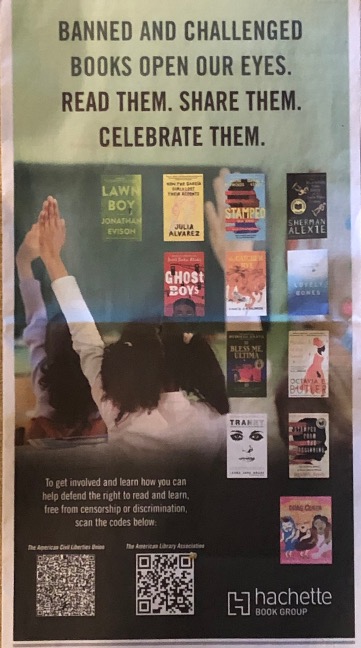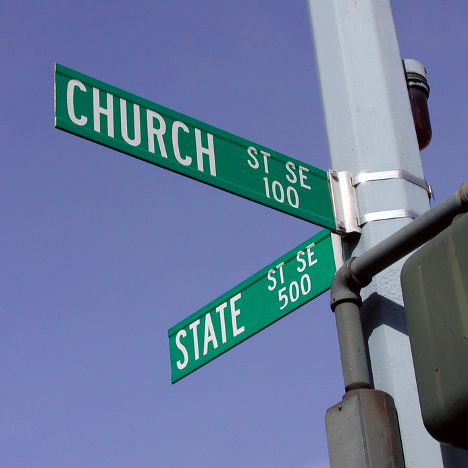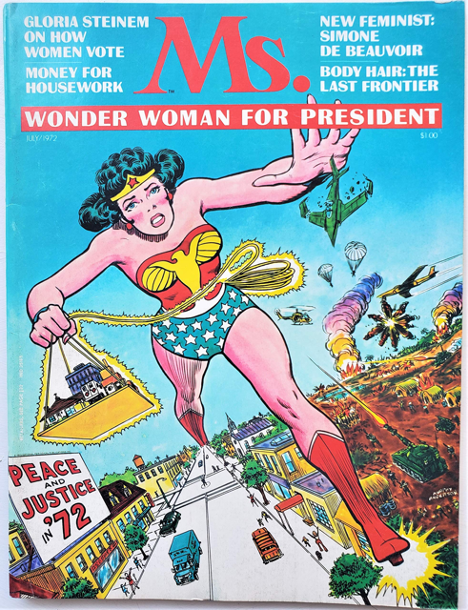The two 4-inch square brass plaques in the photo below are stolpersteine (“stumbling stones” in German). They are embedded in the sidewalk in front of my former apartment at 14 Ruhlaerstrasse in Berlin. Edith and Willy Lindenberg lived there until November 11, 1941 when they were deported to a concentration camp in Minsk (Belarus) and murdered simply because they were Juden (Jewish). The plaques are part of the stolpersteine project created in 1992 by German artist Gunter Deming.

The plaques are to commemorate the victims and remind all who “stumble” across them of the Nazi’s “final solution”– to obliterate all “racially inferior” non-Aryans. They are placed in front of the last known residences of those deported and murdered during the Holocaust. As of 2019 there were more than 75,000 stolpersteine in 1200 locations in Western Europe.
I left Berlin in 1986, and the stolpersteine in the photo were not installed until later, but when I “stumbled” across them in 2017 I was shocked to learn I had lived in the same building they occupied. The Lindenberg stolpersteine served their purpose, alerting me to the fact that these horrors occurred in my neighborhood in my lifetime…possibly in my own apartment. They are not relics of the past. They are also to remind us of the current dangers posed by hate-filled animus.
*****
There are no stolpersteine in America. We have a Holocaust Museum on the National Mall in Washington, D.C. to remind us of that terrible epoch, but hate-fueled anti-Semitism is percolating again in the United States.
On October 27, 2018 a man shouting racial slurs and armed with an AR-15 assault rifle opened fire inside Pittsburgh’s Tree of Life Synagogue killing eleven and wounding six, including some Holocaust survivors.
And two days before Thanksgiving this year, Americans saw anti-Semitism on display at Mar-a-Lago when our twice-impeached former president hosted Kanye West aka Ye and his friend Nick Fuentes, a well-known anti-Semite and white supremacist for dinner. The same former president who announced his intention to run for the office again in 2024.

Who knows the root cause of this curious symbiosis? Trump and Kanye; two sociopaths who should hate each other have found common cause. Like cornered rats, the race-baiting white supremacist and the white-hating Black wannabe have formed an un-holy alliance in their insatiable need to be centers of attention. The result is a fever dream grounded in anti-Semitism—perhaps the last installment in the sad but dangerous saga of the disgraced, twice-impeached former president and his deranged hip-hop limpet.
Like fish out of water, Donald and Kanye are gasping for air. They can’t live without the noxious gas of public attention. So, as the public loses interest and they feel themselves fading from view, their desperation is front and center. Nothing bothers a star-struck narcissist more than discovering no one cares. Call him a loser and he lashes out… ignore him and he fizzles like a popped balloon.
The Mar-a-Lago trio doesn’t deserve our attention, but their unquenchable need for headlines compels us to address the bigger problem—anti-Semitism—a grievance fueled animus grounded in millennia of religious hatred. Looking for someone to blame? Jews have always provided an easy target. Persecuted for centuries, envied for their achievements, driven from their homes and homelands, resurgent in their successes, Jews have survived purges, Crusades, Inquisitions, expulsions, Catholic Church excoriations, Stalinist pogroms, and “the final solution.”
We know Jesus drove the moneychangers from the temple; “My house shall be called the house of prayer; but ye have made it a den of thieves.” Yet, in an ironic reversal the Jews, his tribe, became reviled as usurers and financial predators.
For most of my life, anti-Semitism was lurking just beneath the surface. My generation knew it was there but was righteously proud of its achievements in the civil and voting rights movements. We hoped these measures would address all types of discrimination including anti-Semitism. But Trump gave these groups oxygen and in August of 2017, the first year of his presidency, emboldened neo-Nazis marched through Charlottesville, Virginia, carrying Tiki torches and chanting “Jews will not replace us.” It was a classic white supremacist call to action, after which Trump blithely noted that “there were fine people on both sides.” Once again anti-Semitism and white supremacy were back in the mainstream of American politics.
Today Fox News commentators, rightwing groups, and elected officials like Matt Gaetz, Marjorie Taylor Greene, and Lauren Boebert are attacking American “elites” for supporting “Great Replacement” theory, wherein non-white populations will “replace” the ethnically dominant white population. It’s the latest dog whistle iteration of “Jews will not replace us.”
Anti-Semitism continues today, but it’s not just as an American problem. France, Germany, Hungary, Russia, the UK and South Africa have experienced continuing incidents. In 1947 the Jewish diaspora reclaimed part of its original homeland to establish the nation of Israel but in the process displaced a large population in Arab Palestine. Discrimination doesn’t always run one-way. Remember, Arabs are Semitic people too.
I know my efforts to understand and raise awareness won’t make much difference, but I’m thinking of the song “You’ve Got to be Carefully Taught” written by two Jewish composers, Rodgers and Hammerstein, for their 1949 musical South Pacific. It was intended to address the racial issues faced by a mixed-race couple but its message is relevant to discrimination of any sort:
You’ve got to be taught to hate and fear,
You’ve got to be taught from year to year,
It’s got to be drummed in your dear little ear—
You’ve got to be carefully taught!
You’ve got to be taught to be afraid
Of people whose eyes are oddly made,
And people whose skin is a different shade—
You’ve got to be carefully taught.
You’ve got to be taught before it’s too late,
Before you are six or seven or eight,
To hate all the people your relatives hate—
You’ve got to be carefully taught!
You’ve got to be carefully taught!
“According to the Anti-Defamation League, 2021 was the highest year on record for documented reports of harassment, vandalism and violence directed against Jews. The watchdog group has tracked these incidents since 1979, and it says 2022 will look a lot like last year. (NPR 12/1/2022).
In addition, anti-Asian, anti-black, anti-Latinx, anti-Muslim, and anti-LGBTQ hate crimes are at an all-time high. As of November 28, 2022 there had been 611 mass shootings this year.
All of these incidents are related, but Anti-Semitism has more of my attention now, because I’m reading the autobiography of my friend’s uncle who emigrated from Vienna in the 1930s when National Socialists were starting to confiscate property and persecute Jewish families. It’s similar in tone to The Hare with Amber Eyes, a history of the Ephrussi banking family, one of the richest in Europe, whose property was confiscated and most of whom lost their lives at Dachau or Auschwitz. This is part of the history many school boards In America are trying to rewrite by banning books they believe cast an unfavorable light on history as white Christians want it to be.
For the record, my family is not Jewish but because of two incidents my life, I have a heightened awareness of anti-Semitism. The first occurred in elementary school when my parents told me I could not play with my black friend, Corky White, or my Jewish neighbors, Kenny Waldbaum and Ronnie Saul. The second was when I shared a house with a group of newly hired Pan Am pilots on Long Island who made disparaging anti-Semitic comments about our neighbors. I asked them to knock it off, because I found it personally offensive. Fifty-five years later some of them still wish me Happy Hanukkah annually.








